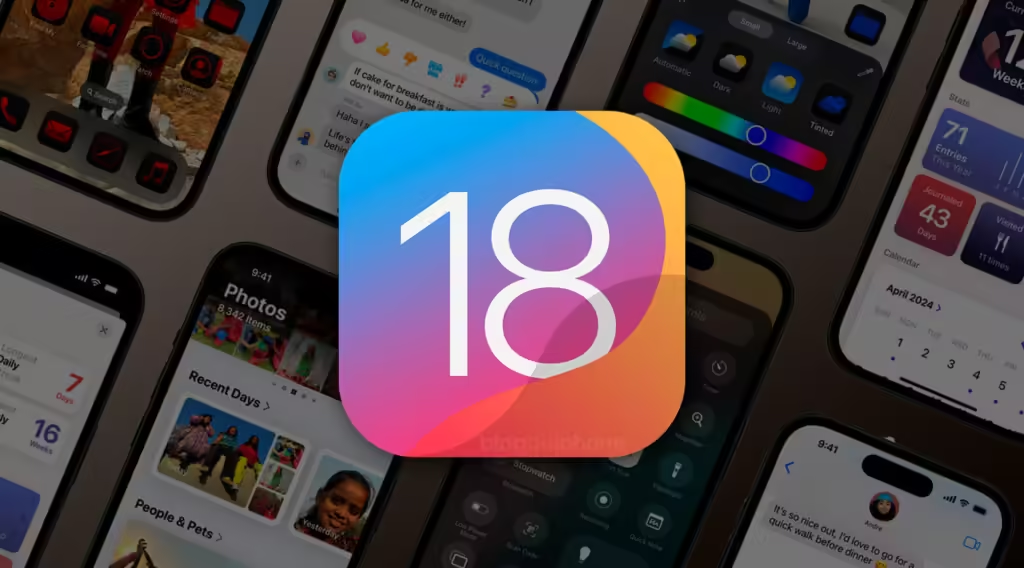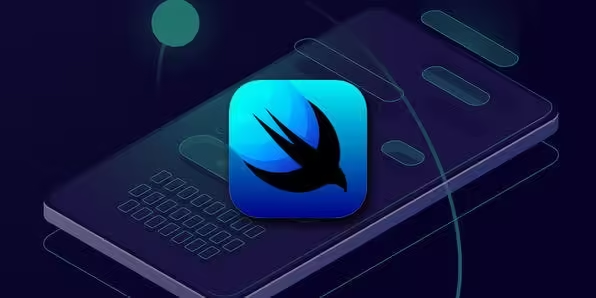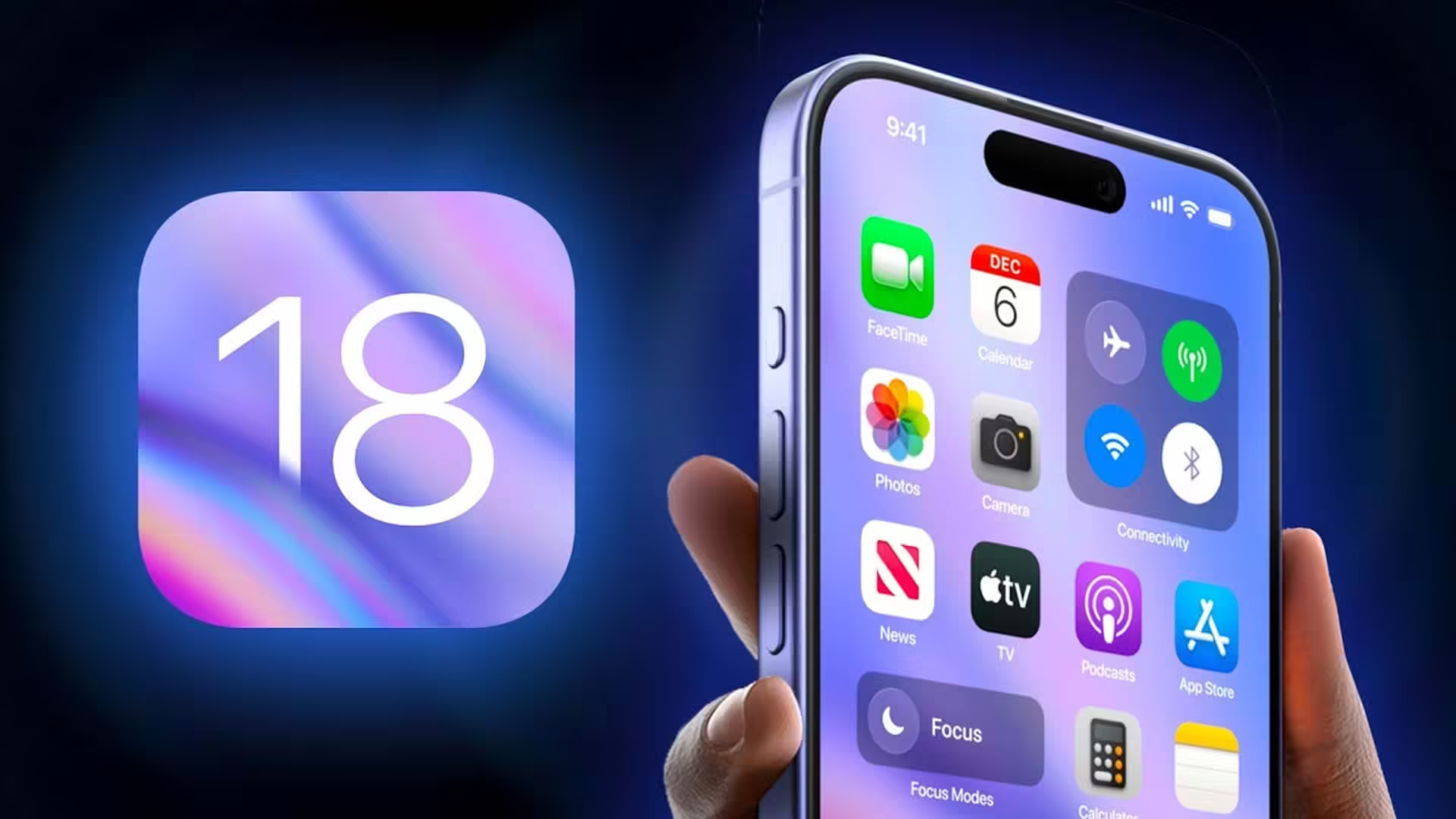The release of iOS 18 brings new enhancements to Swift Concurrency, Apple’s modern approach to asynchronous programming. With improved tools for writing clean, efficient, and scalable code, it’s critical for developers to stay updated on these changes. Whether you’re building apps for everyday consumers or large-scale enterprise solutions, mastering Swift Concurrency can elevate your development and improve app performance significantly.
In this post, we’ll explore the key features of Swift Concurrency in iOS 18, highlight best practices for leveraging it in 2024, and explain how these advancements will enhance your iOS development process.

Why Swift Concurrency Matters in iOS 18
Concurrency is essential for building responsive, efficient applications, especially as mobile apps increasingly handle tasks like data fetching, networking, and real-time processing. Before Swift Concurrency, managing asynchronous tasks was complex and often led to code that was difficult to maintain and prone to bugs. Swift Concurrency, introduced in Swift 5.5, simplifies this by providing a structured approach to managing async operations, utilizing concepts like async/await, actors, and task groups.
With iOS 18, Apple has refined Swift Concurrency to offer better performance, more control, and improved error handling. By adopting the latest best practices, developers can take full advantage of these improvements to create apps that are faster, more reliable, and easier to maintain.
Key Swift Concurrency Features in iOS 18
1. Improved Task Management
Swift Concurrency in iOS 18 enhances task management by providing better control over task execution and cancellation. This is particularly useful when dealing with complex operations that need to be stopped or adjusted dynamically.
• Task cancellation improvements: You can now handle task cancellations more gracefully, reducing the risk of leaving background tasks incomplete or hanging.
• Task priorities: iOS 18 introduces more granular control over task prioritization, allowing developers to fine-tune the execution order of asynchronous tasks based on app requirements. For example, critical tasks like data fetching can be given higher priority, while less important tasks are deprioritized.
2. More Efficient async/await Syntax
Swift’s async/await syntax, which revolutionized how asynchronous code is written, has been further optimized in iOS 18. These optimizations ensure that background tasks run more efficiently, with reduced overhead and faster completion times.
• Lower-level optimizations: Under the hood, Apple has improved how async tasks are scheduled and executed. These changes are particularly beneficial for apps that rely heavily on asynchronous networking or database operations.
• Cleaner code: With improvements to async/await, developers can write even more concise and readable code, making it easier to manage complex workflows without the need for deeply nested completion handlers or dispatch queues.
3. Enhanced Actors for State Isolation
Actors in Swift Concurrency play a crucial role in managing shared mutable state across multiple tasks. iOS 18 introduces more efficient actor isolation, reducing the chance of race conditions and making it easier to manage state safely in concurrent environments.
• Global actors: The introduction of global actors allows developers to define shared actors that can manage specific stateful resources across an app, improving code structure and reducing the risk of state inconsistencies.
• Improved performance: Actors in iOS 18 are more performant, allowing faster access to shared state without compromising the safety guarantees provided by Swift’s concurrency model.
4. Task Groups for Structured Concurrency
Task groups were a game-changer in Swift Concurrency, enabling developers to manage a collection of tasks in parallel. iOS 18 brings further enhancements to task groups, providing more flexibility in handling concurrent operations.
• Dynamic task creation: Task groups now allow for more dynamic creation of tasks, making it easier to adapt to changing workloads. This is particularly useful for apps that need to handle a fluctuating number of tasks, such as real-time data processing or downloading large datasets.
• Better error propagation: iOS 18 enhances error handling within task groups, ensuring that errors are propagated more efficiently and handled in a centralized manner. This prevents common pitfalls such as unhandled exceptions or missing data due to a failed task.
5. Concurrency and UI Updates
Managing UI updates in a concurrent environment has always been a challenge, but iOS 18 introduces new tools to make this process smoother.
• MainActor improvements: The MainActor plays a critical role in ensuring that UI updates are performed on the main thread. iOS 18 optimizes the MainActor to reduce the overhead of switching between background and main threads, resulting in smoother UI transitions and improved performance during heavy async operations.
• SwiftUI integration: Swift Concurrency is now more tightly integrated with SwiftUI, allowing developers to more easily manage async tasks and UI updates without blocking the main thread. This leads to faster and more responsive UIs, even during background task execution.

Best Practices for Swift Concurrency in 2024
To fully harness the power of Swift Concurrency in iOS 18, here are some best practices that will help you write efficient and maintainable code:
1. Use Task Priorities Wisely
When dealing with multiple concurrent tasks, it’s important to prioritize tasks based on their importance to the user experience. In iOS 18, task priorities are more flexible, allowing you to balance critical tasks (like loading essential data) with background processes (such as prefetching or analytics).
• Example: Assign higher priority to tasks fetching data for currently visible screens and lower priority to tasks downloading images or preloading content in the background.
2. Leverage Actors for State Management
Actors provide a simple way to manage shared mutable state in a concurrent environment. By using actors, you can ensure that only one task accesses or modifies a piece of state at any given time, preventing race conditions and data corruption.
• Best practice: Use global actors for managing app-wide resources, such as caching or database access, while using regular actors for more localized state management within specific modules or views.
3. Handle Task Cancellation Gracefully
One of the key features of Swift Concurrency is its built-in support for task cancellation. In iOS 18, task cancellation is more efficient, but it’s still important to handle it properly to avoid leaving unfinished tasks or resources hanging.
• Best practice: Always check for task cancellation in long-running async operations and ensure that your app can gracefully handle partial results or retry the task if needed.
4. Combine Swift Concurrency with SwiftUI
If you’re using SwiftUI, Swift Concurrency is your best friend. It allows you to perform background operations without blocking the UI thread, ensuring that your app remains responsive even during intensive tasks like data loading or complex calculations.
• Best practice: Use @MainActor for any UI updates and async/await for handling long-running operations in the background.
5. Monitor and Test Performance
Concurrency can introduce subtle performance issues, so it’s important to monitor how tasks are handled in your app. iOS 18’s improved concurrency model allows for better debugging and performance analysis.
• Best practice: Use Xcode’s Concurrency Debugging tools to identify performance bottlenecks, check for unintended task cancellations, and ensure that tasks are being executed in the correct order.
Conclusion
Swift Concurrency has quickly become a cornerstone of modern iOS development, and iOS 18’s updates only enhance its potential. By following the best practices outlined in this post, you can ensure your apps remain responsive, efficient, and ready to handle the complexities of modern mobile environments.
As we move into 2024, mastering Swift Concurrency in iOS 18 will be key to delivering top-tier performance and user experience in your apps. Whether you’re optimizing task management, ensuring smooth UI updates, or building scalable features, Swift Concurrency provides the tools you need to succeed.

